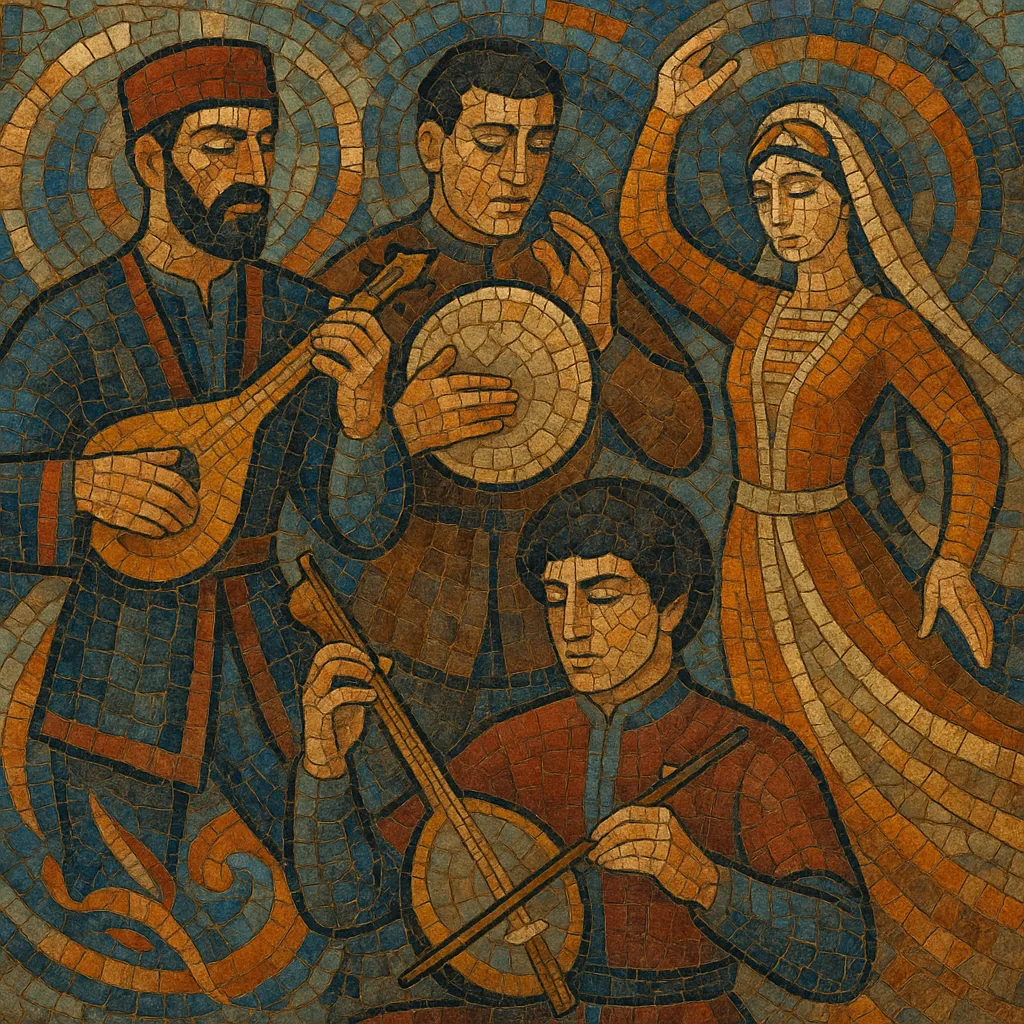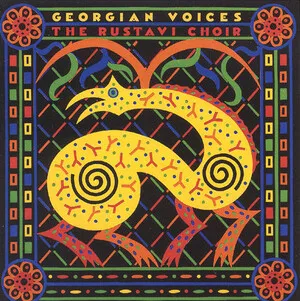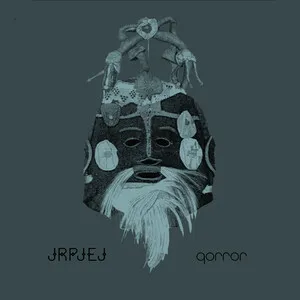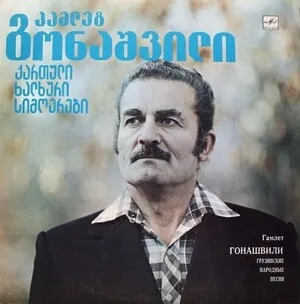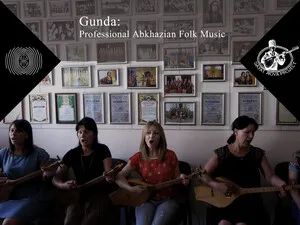Caucasian music is an umbrella term for the traditional and popular musics of the Caucasus—primarily Georgia, Armenia, Azerbaijan, and the North Caucasus republics. It binds together diverse vocal and instrumental practices, from Georgian multipart folk polyphony to Armenian duduk laments and Azerbaijani mugham improvisation, as well as the fast, athletic dance music of the North Caucasus.
Common features include prominent vocal traditions (solo ashugh/bardic song and powerful choirs), drones and parallel intervals, ornamented melodic lines with melisma, and flexible or asymmetric meters such as 5/8, 7/8, and 9/8. Instruments often include the duduk/balaban and zurna (double-reed aerophones), tar and saz (plucked lutes), kamancha (bowed fiddle), panduri and chonguri (Georgian lutes), garmon/accordion, and a range of drums (doli, dap, nağara).
Historically situated at a crossroads, Caucasian music reflects layers of influence from Byzantine/Orthodox chant, Persian and Turkish modal systems, and Slavic/Russian art-folk idioms. In modern times it encompasses both preserved rural repertoires and urban fusions that place traditional timbres in jazz, rock, and electronic settings.
Situated at the crossroads of Europe and West Asia, the Caucasus accumulated musical traits from neighboring cultural spheres. Pre-modern sacred and secular traditions coexisted: Georgian multipart folk polyphony and chant thrived alongside Armenian liturgical practice and ashugh (bardic) song, while modal improvisation in courtly and urban settings laid foundations for Azerbaijani mugham.
During the 1800s and early 1900s, imperial and early ethnographic collectors notated and recorded regional repertoires. Transmission remained largely oral, but systematic collection, early sound recordings, and notated anthologies helped consolidate a wider sense of a "Caucasian" musical space encompassing diverse local styles.
State ensembles, conservatories, and radio orchestras standardized and staged folk repertoires. Choirs and dance troupes (e.g., Rustavi, Erisioni, Lezginka) presented regional songs and dances in professional formats, while composers fused folk modes and rhythms with classical orchestration. Parallel to this, mugham and related modal arts gained conservatory frameworks and concert platforms.
After 1991, community and village traditions saw renewed interest, fieldwork expanded, and diaspora networks amplified specific timbres (notably the Armenian duduk) in global media. Artists blended Caucasian instruments and vocal techniques with jazz, rock, and electronic music (e.g., jazz-mugham), while traditional dance music continued to energize weddings and festivals.
Film, world-music festivals, and internet platforms spread hallmark sounds—Georgian polyphony, duduk laments, and lezginka dance grooves—far beyond the region, making "Caucasian music" a recognizable constellation of vocal textures, modes, and rhythms on the global stage.

